Lesson 2:
Celebrating African Heritage through the Music of Lassana Diabaté (3rd–5th Grade)
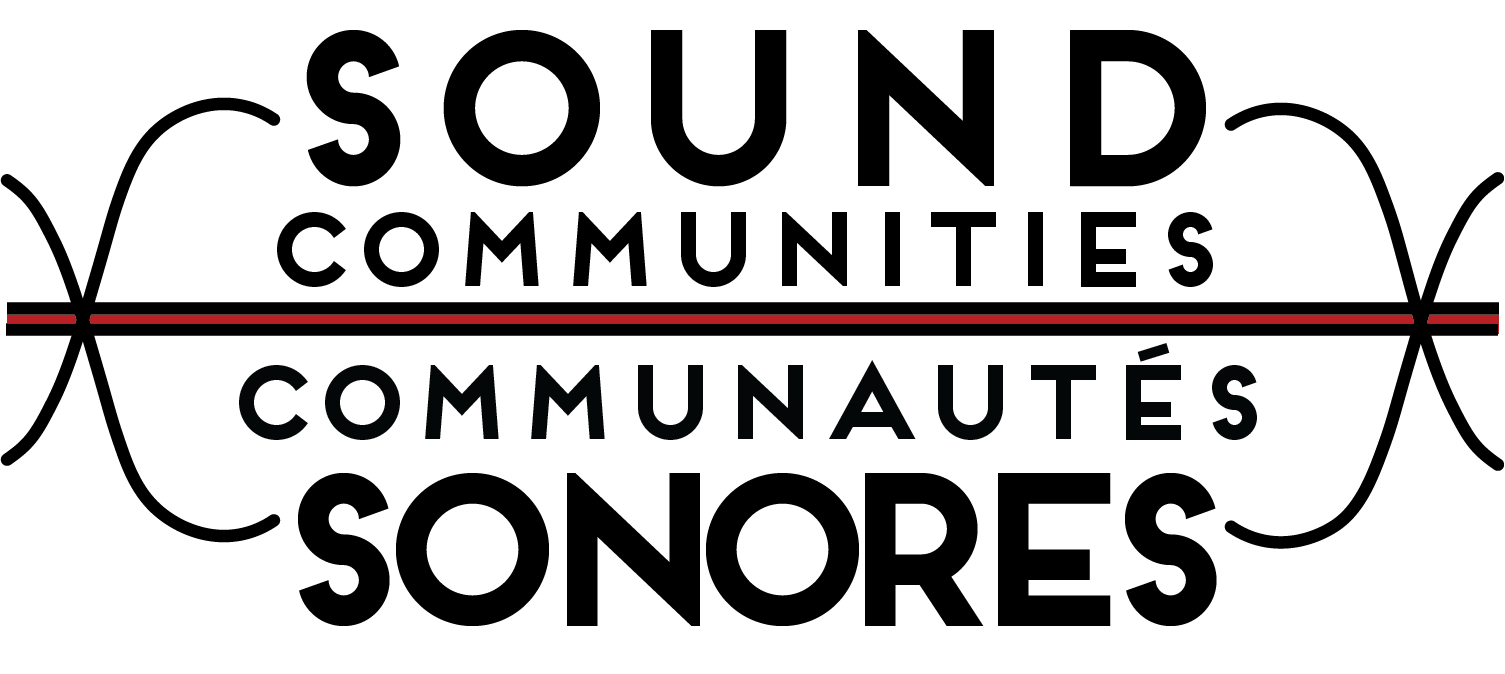

Who is Lasanna Diabaté and why did he write a song called "Cape Breton"?
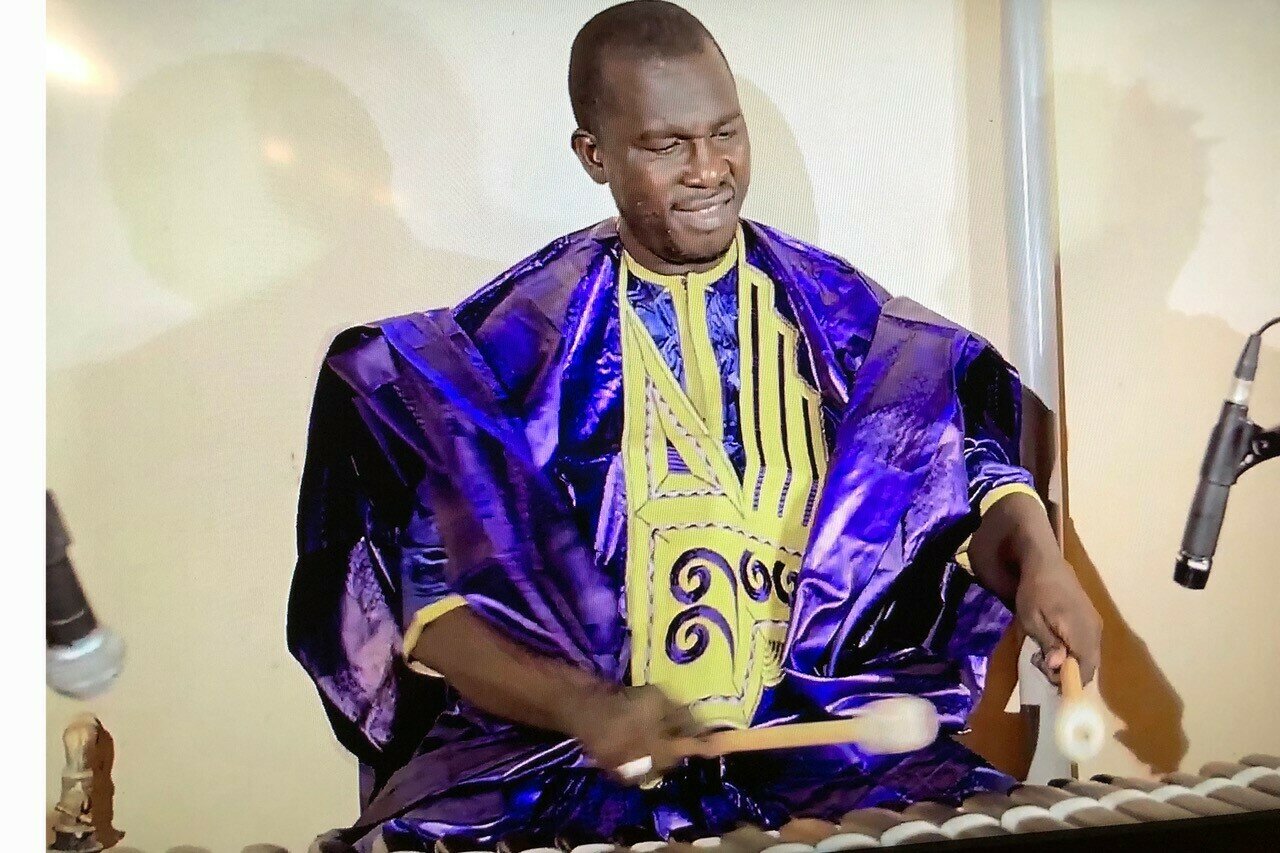
Lassana Diabaté, photo by Darene Roma Yavorsky. The Word & Image Studio.
The overarching essential question for Lesson 2 is:
HISTORY & CULTURE
15+ MIN
20+ MIN

Celebrating African Heritage through the Music of Lassana Diabaté
MUSIC LISTENING
Lassana Diabaté and Illya Kierkosz on Balafón at Cape Breton University, photo by Marcia Ostashewski. Centre for Sound Communities.
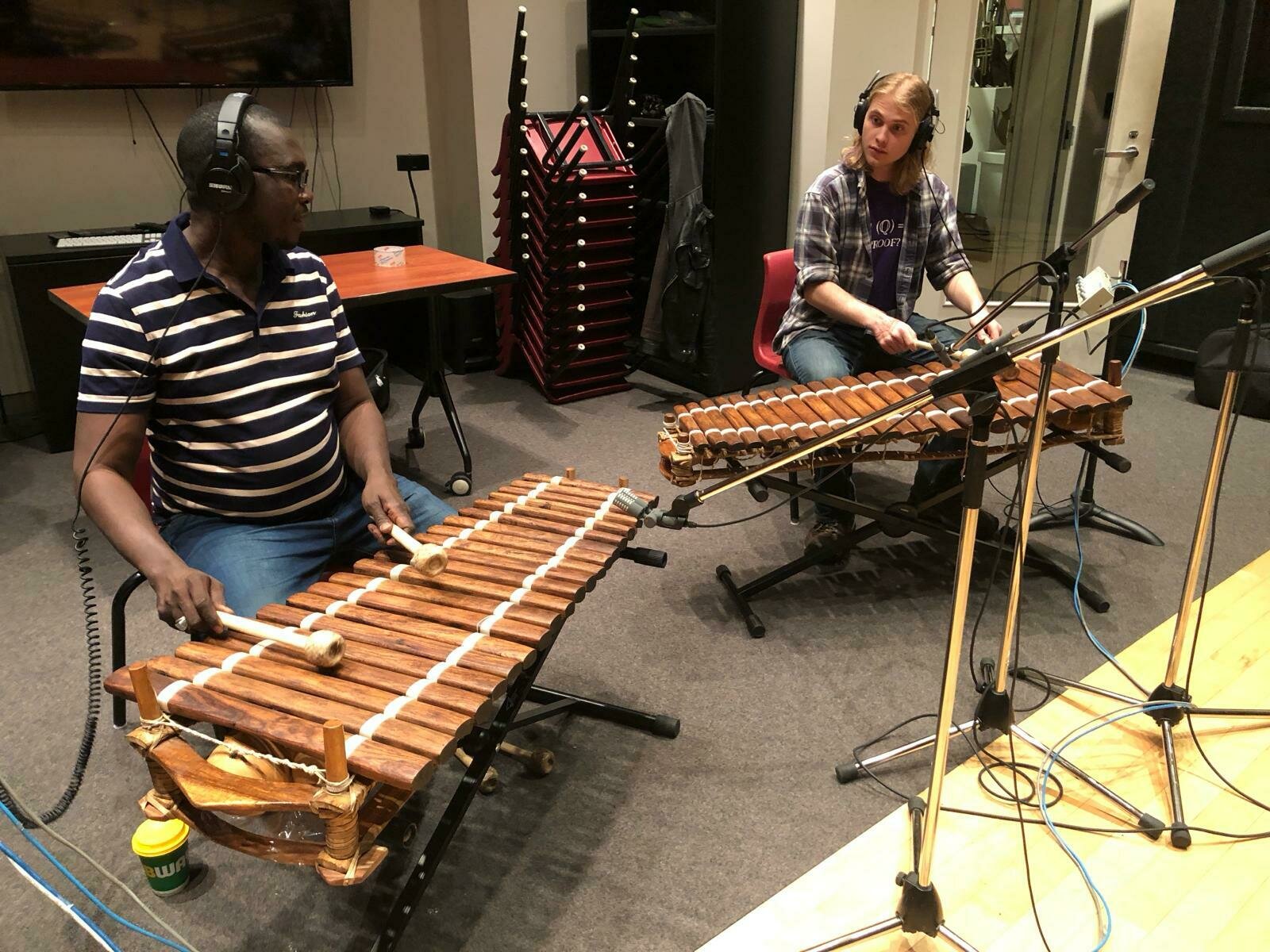
Music and Place: Cape Breton

15+ minutes

Path 1


Cape Breton Island, Nova Scotia, Sea Image, by AHMorgan. Pixabay.


Opening Discussion:


Where is Cape Breton?
What do you think the "music of Cape Breton" will sound like?


Political World Map, by U.S. Central Intelligence Agency. World Factbook. Public domain, via Wikimedia Commons
About Unama'ki / Cape Breton
Unama'ki / Cape Breton is an island in Nova Scotia, Canada.


Unama'ki is what the Indigenous Mi'kmaq people of Nova Scotia call Cape Breton.
This name means "land of the fog".
Mi’kmaw Communities in the Province of Nova Scotia. Mi’kmawey Debert Cultural Centre.

Opening Listening Activity
For each track, raise your hand if you think it is the music of Cape Breton.
-
For each track, what did you find interesting or surprising?
-
What did you think each track is about?
-
What are some similarities between the four tracks?
-
What are some differences?


Opening Listening Activity


"Cape Breton Medley," performed by The MacDiscs
"Cape Breton," performed by Lassana Diabaté
"Strathspey and Reel Medley," performed by Lee Cremo Trio
"Sma'knis," performed by Sons of Membertou


"Cape Breton," by Fodé Lassana Diabaté
It was inspired by the island of Unama'ki / Cape Breton and the time Lassana spent in Nova Scotia.
"Cape Breton" is a song by a Mande musician who currently lives in Mali: Fodé Lassana Diabaté.
Lassana Diabaté Playing Balafón, video by Moustapha Diallo. Centre for Sound Communities.
Geography Connections





Political World Map, by U.S. Central Intelligence Agency. World Factbook. Public domain, via Wikimedia Commons


The Inspiration for "Cape Breton"
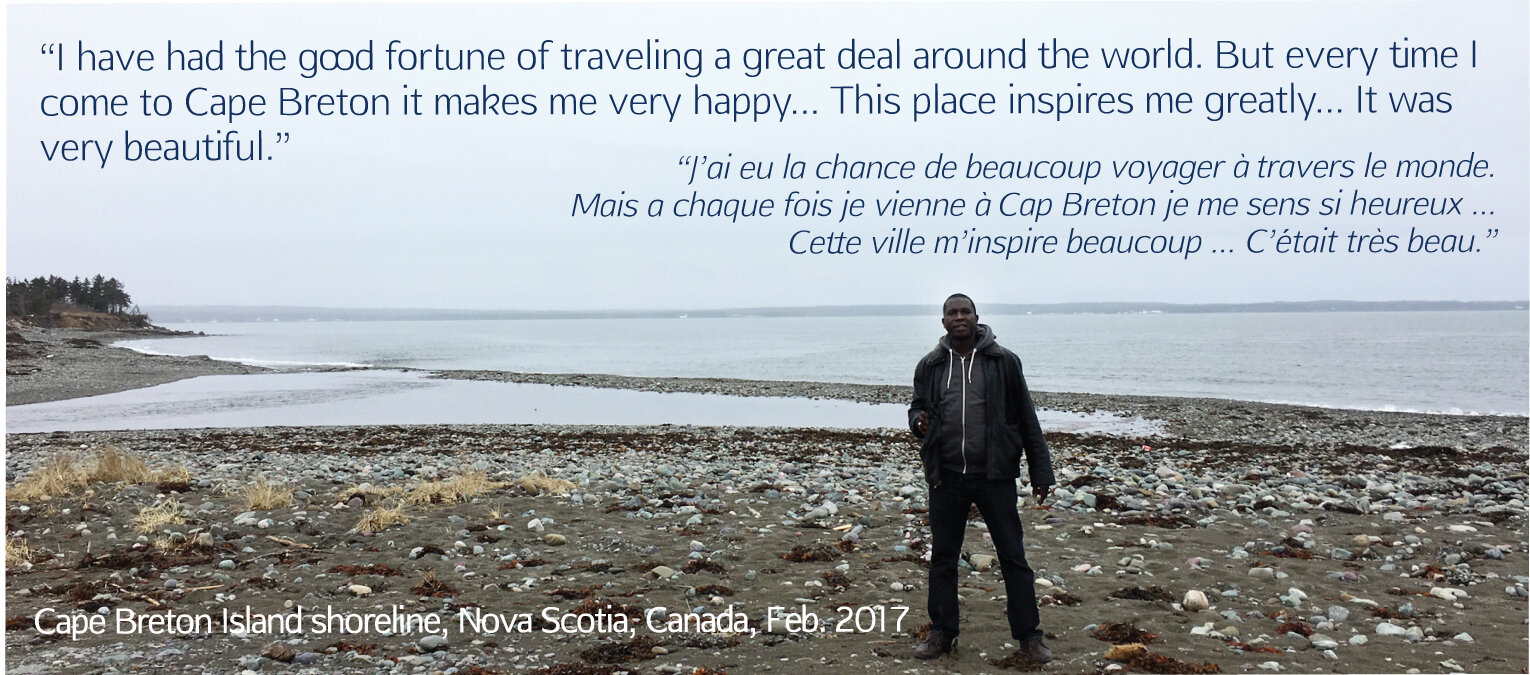


What is "Place"?
If you were going to write a song about a place that was important to you, what sounds would you include and why?

Lassana grew up in Guinea and now lives in Mali. He has travelled all around the world to perform in different places. Unama'ki / Cape Breton is a special place for him.
Learning Checkpoint
Where is Unama'ki / Cape Breton and what does the music of this "place" sound like?
Who is Lassana Diabaté and why did he write a song called "Cape Breton"?


End of Path 1: Where will you go next?



Balafón in Cape Breton

15+ minutes

Path 2

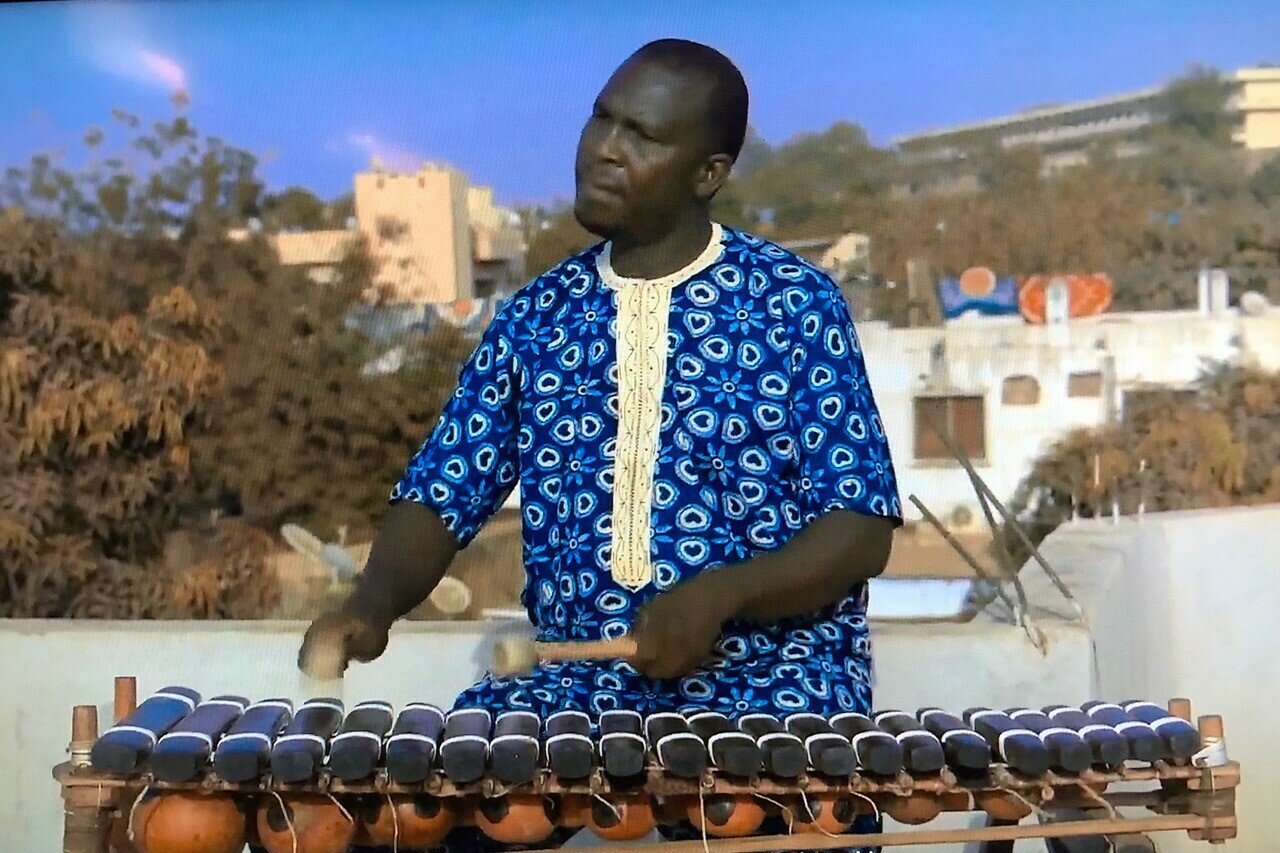
Lassana Diabaté in Blue, photo by Moustapha Diallo.

Attentive Listening: "Cape Breton"
"Cape Breton" is a song by Mande artist, Lassana Diabaté.
The song was recorded in and inspired by the island of Cape Breton and the time Lassana spent in Nova Scotia.
Lassana Diabaté Playing Balafón, video by Moustapha Diallo. Centre for Sound Communities.


Political World Map, by U.S. Central Intelligence Agency. World Factbook. Public domain, via Wikimedia Commons

- Lassana Diabaté is a world-renowned Mande musician born in Guinea but now lives in Mali.
- He is an instrument builder and master balafón player.
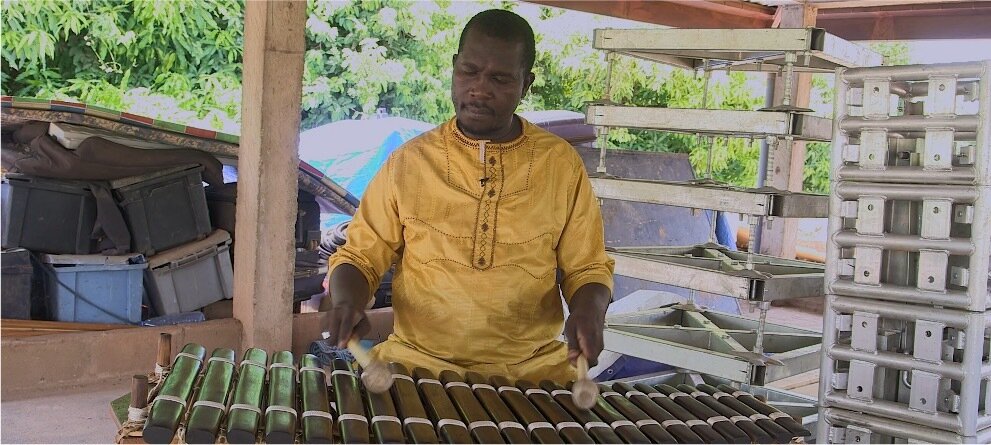
Artist Spotlight: Lassana Diabaté
Why do you think Lassana learned to play the balafón as a child growing up in Guinea?



World Map with a focus on Mali in Africa and Cape Breton in Canada, base map by U.S. Central Intelligence Agency. University of Texas Libraries.

Lassana Diabaté and the Balafón
Have you (or has someone you've known) been encouraged to learn an instrument because it was a family tradition?
Lassana Diabaté Introduces himself, video by Moustapha Diallo. Centre for Sound Communities.

Lassana Diabaté and Nova Scotia

Nova Scotia has become a very special place for Lassana.
He is very inspired by both the physical beauty of the land and the cultural diversity of the people.
He has said that this place resembles the way he plays his instrument, the balafón.
Lassana Diabaté on the Cape Breton Shoreline, by Marcia Ostashewski. Centre for Sound Communities.

More About the Balafón!
Making a Balafón, video by Mark Parselelo. Centre for Sound Communities.
Drawing of Africa, by Danielle Nalangan. Smithsonian Folkways Recordings.

How would you describe the sound of this instrument?
Listening for Balafón
"Tokonou", by Lassana Diabaté

Do you notice any similarities or differences between these two examples?
"Hommage Maman", by Lassana Diabaté
Lassana Diabaté in Action, Photo by Moustapha Diallo. Centre for Sound Communities.

Attentive and Engaged Listening: "Cape Breton"
Lassana Diabaté playing Cape Breton, Video by Moustapha Diallo. Centre for Sound Communities.

Learning Checkpoint
- What is balafón, what is it made from, what does it sound like, how is it played, and where did this tradition originate?
- What are some musical and stylistic characteristics of Lassana Diabaté's song, "Cape Breton".
End of Path 2: Where will you go next?



"Cape Breton"

20+ minutes

Path 3

Playing


Lassana Diabaté and Illya Kierkosz on Balafón at Cape Breton University, photo by Marcia Ostashewski. Centre for Sound Communities.

Let's play a song called "Cape Breton."
Let’s listen to a song called "Cape Breton" - performed by Mande artist, Lasanna Diabaté.
Do you feel a pulse?
Can you tap or clap along with a pulse and/or subdivisions that you feel?

Lassana Diabaté Playing Balafón, video by Moustapha Diallo. Centre for Sound Communities.
Playing Balafón With Accompaniment
Before we begin, let's listen closely for the parts played by different instruments. Try to clap along with a pulse (or any rhythms that you hear).
As you have heard, a balafón player can play alone. Sometimes, however, there is additional accompaniment.
Today, we're going to learn some parts that accompany or play with the balafón. (shakers, doun doun, and bell).


Lassana Diabaté with Accompaniment, video by Moustapha Diallo. Centre for Sound Communities.
Let's learn the shaker part.
Let's clap our hands together when both shakers play and use one hand on our lap or table when it is just one shaker.
Next, let's listen for and practice a shaker pattern.


Shaker Accompaniment, video by Moustapha Diallo. Centre for Sound Communities.
Let's clap our hands together when both shakers play and use one hand on our lap or table when it is just one shaker.

Next, let´s listen for and practice the shaker pattern.


Let's learn the shaker part.
Teaching Resource: Demo of Instrument Parts
Teachers: Watch this video for a quick demonstration of the instrument parts in this Path (bell, drums, shakers).


Lassana Diabaté Instrument Demos, by Daniel Akira Stadnicki. Centre for Sound Communities.
Teaching Resource: Facilitation Guide
Teachers: Watch this video for hints about facilitating the music-making experiences in this Path.


Lassana Diabaté Facilitation Video, by Daniel Akira Stadnicki. Centre for Sound Communities.
Let's play the doun doun part.
Next, let's listen for and play along with the drum part!
(This drum is called doun doun.)


Let´s listen for and practice the drum part!

This drum is called doun doun.


Let's play the doun doun part.
Let's play the bell part.
Next, let's listen for and practice the bell pattern.


Drum Accompaniment, video by Moustapha Diallo. Centre for Sound Communities.
Let's practice the bell pattern.
- Note how it often lines up with the shaker pattern you learned earlier.



Let's play the bell part.
Engaged Listening: Let's Play Together
Let´s practice until the patterns settle into a steady groove!
Finally, let's play along with the musicians.
Let´s add the instrument parts in one by one.
Lassana Diabaté Trio, video by Moustapha Diallo. Centre for Sound Communities.


"Cape Breton": Engaged and Enactive Listening

What are some purposes of notating music?


Can you create your own rhythmic groove?

Practice it and perform it for the class!


Learning Checkpoint
- What are some additional instruments that can accompany balafón music?
- What was rewarding and challenging about playing this music and improvising/composing your own rhythms?


End of Path 3 and Lesson 2: Where will you go next?


Continue to Lesson 3:
Ukrainian Bandura in Canada




COMING SOON!
Lesson 1 Media Credits

Audio courtesy of
Smithsonian Folkways Recordings
Video courtesy of
Centre for Sound Communities
Images courtesy of
Smithsonian Folkways Recordings
Centre for Sound Communities
Mi’kmawey Debert Cultural Centre
Reterdeen
University of Texas at Austin, PCLP Map Collection
The Word & Image Studio
© 2024 Smithsonian Institution. Personal, educational, and non-commercial uses allowed; commercial rights reserved. See Smithsonian terms of use for more information.
This Lesson was funded in part by the Canadian Social Sciences and Humanities Research Council.
For full bibliography and media credits, see Lesson 2 landing page.


